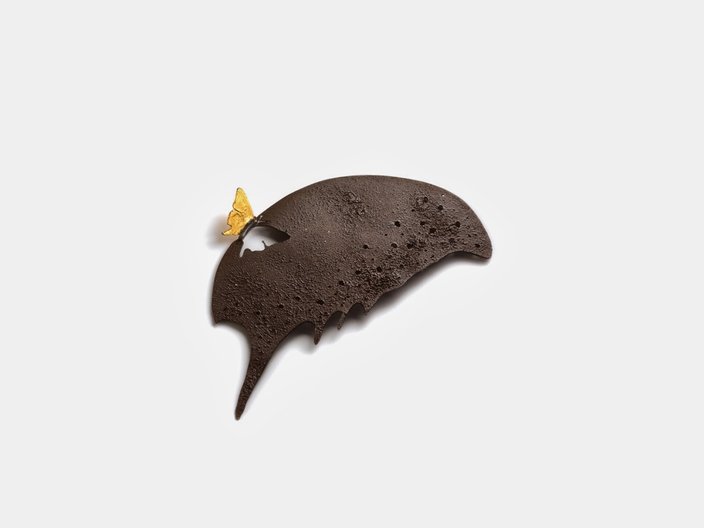12 January 2018
by Atty Tantivit
In September 2017, under the Crafting Futures programme the British Council supported 6 delegates from Asia to participate in the Making Futures conference at Plymouth College of Art. Making Futures is a biennial research platform exploring contemporary craft and maker movements as ‘change agents’ in 21st century society. Bangkok-based ATTA Gallery owner, jeweller and founding member of the Creative District Foundation Atty Tantivit presented a paper at Making Futures. Final papers will be presented in the Making Futures journal in May 2018. Here we hear more about her experience and perspecives.
Tell us about yourself and your work.
I own and run a gallery for contemporary jewellery/wearable art as well as co-own a contemporary Thai craft concept store in Bangkok, Thailand. I am a jewellery designer/maker who decided to help promote the filed by opening a gallery to offer a platform to people in the field.
You recently presented a paper at the Making Futures conference in response to their theme ‘Craft in the Expanded Field.’ You spoke about an identity crisis in contemporary jewellery in Thailand. Can you tell us more about your paper?
It was about my experience trying to promote contemporary jewellery in Thailand at the beginning of founding the Gallery where the fields of art, craft and design are quite clearly divided in terms of audience and governmental supports. Contemporary jewellery straddles on the three fields mentioned and had a hard time getting support due to the “identity crisis” of it. But in recent years, I have been able to get more support through interdisciplinary approaches as well as changing the context of contemporary jewellery to fit under the umbrella of art, craft or design. Also, I found that by strictly identifying ourself to just one field restrict us to grow. The world craft has a not so sexy tone to it here in Thailand, so I tend to promote contemporary jewellery by associating it with high craftsmanship rather calling it high craft.
Why do you feel it was important for Thailand to be represented in this discussion?
I think it was good to have stories and ideas from outside of the UK, where craft might be seen differently. We are a few decades behind the west in the movement of crafts in terms of industrial revolutions...
What was your perception on the current discussions around craft and making practices in the UK and globally?
That it is focused on the movement towards the use of technology in “crafting” traditional craft objects, the pros and cons on educational institutions and on individual practices.
What are some of the major discussions happening in Thailand right now around craft and design education?
The misunderstanding by people in governmental sector that technology can and will replace traditional craft practices and craftsmanship, rather than being a tool in creating craft.
The under-value of craft as we have been associating craft with manual labor…not with creativity and high craftsmanship. Crafts should be able to demand higher prices in the market but it’s not the case. We need to educate the general public about contemporary crafts being produced today.
Atty Tantivit's abstract for Making Futures is available online here.
Category
British Council Project
Location
UK



